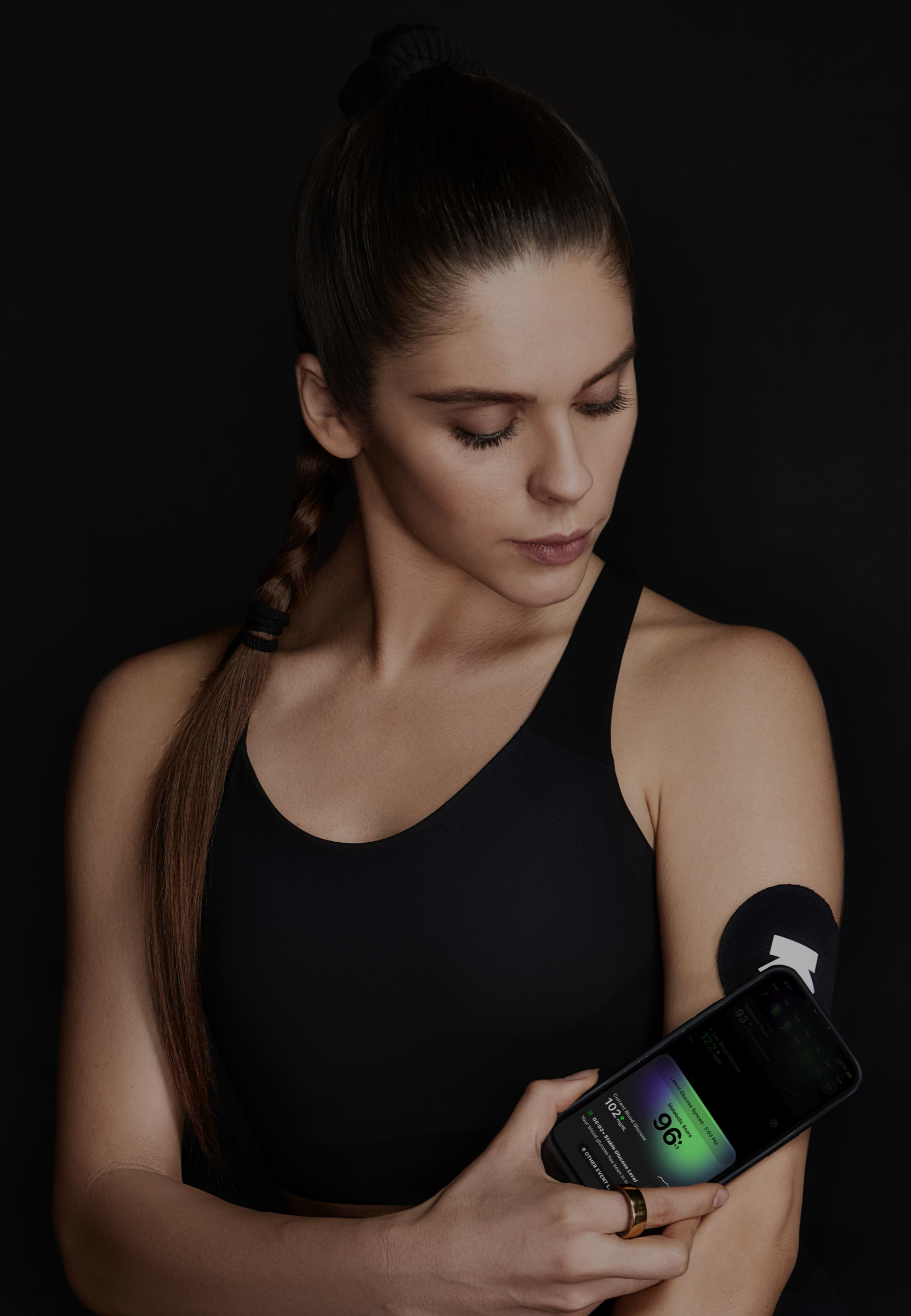
Dinner (1 piece) and Insulin 10u (1 piece)
Dinner
279 mg/dL
avg. peak value
Usually causes a large spike
Avg. Food Score on Ultrahuman App
Ultrahuman Users got an UNSTABLE response
How to consume Dinner | Insulin 10u without glucose spikes
Monitor Portion Sizes
Limit the portion sizes of high-carbohydrate foods during dinner to prevent excessive glucose spikes.
Balanced Plate
Include a mix of protein, healthy fats, and fiber-rich foods like leafy greens, legumes, and non-starchy vegetables to slow down the absorption of glucose.
Timing and Consistency
Eat meals at regular intervals and avoid skipping meals to maintain steady blood sugar levels throughout the day.
Healthy Carbohydrate Choices
Opt for whole grains such as quinoa or barley, and legumes like lentils and chickpeas which release glucose more gradually.
Hydration
Drink a glass of water before your meal to help with digestion and control appetite, which may help prevent overeating.
Pre-Meal Light Exercise
Engage in light physical activity, such as a short walk, before dinner to help improve insulin sensitivity.
Post-Meal Movement
Take a brief walk or perform light stretching exercises after dinner to aid in glucose metabolism.
Mindful Eating
Eat slowly and mindfully, savoring each bite to allow your body to signal when it's full, reducing the likelihood of overeating.
Pre-Dinner Snack
Consider having a small, healthy snack with protein and fiber, such as a handful of almonds, to help stabilize blood sugar levels before the main meal.
Stress Management
Practice stress-reducing techniques such as deep breathing or meditation to help regulate hormones that can affect blood sugar levels.

Discover
metabolic
health with M1
Ultrahuman M1 helps you measure the impact of food and activity on your body in real time through glucose as a biomarker.
Explore Ultrahuman M1Find Glucose response for your favourite foods
Explore OGDbYour cart is empty
Browse through our products and find something for you.
